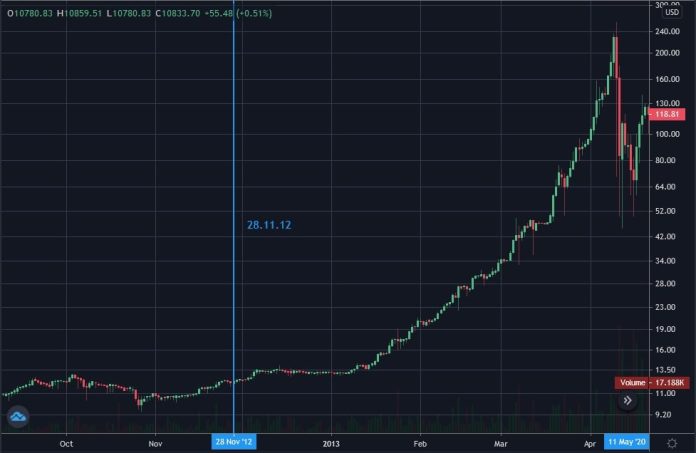Bitcoin is one popular cryptocurrency, but not just a bitcoin. It is quite different from various other cryptocurrencies out there in many ways. A significant difference is in the way this currency is mined. Let us look at how bitcoin’s mining works and how the process affects the production rate of new bitcoins. In addition, websites like https://bitcoin-bankbreaker.com/ will support traders in their trading journey.
What makes bitcoin different from other cryptos?
As Bitcoin is one kind of cryptocurrency, it also uses cryptography to secure transactions. Some cryptocurrencies, like Bitcoin and Ethereum, do not use similar technology. Bitcoin was the cryptocurrency created first by the developer named Satoshi Nakamoto. This has become the chief and most used cryptocurrency in history because of the decentralized nature, P2P payment system and even open-source programming language used on the blockchain network (that allows users to send the payments without relying on the banks and other financial institutions).
Bitcoin was made because there was not enough money circulating in society when people were economically suffering from recession and unemployment. But those with some money could afford items such as gold jewelry that were not affordable anymore. Hence, they looked elsewhere for various ways to invest the wealth safely, retaining control over where the funds went, as they were not backed by anything tangible! Bitcoin is very diverse from other cryptocurrencies in many ways. A significant difference is the way this currency is mined.
Bitcoin isn’t mined like other cryptocurrencies; computers make it. Its first block of Bitcoin was first mined in 2009, and last it was mined in 2018. Various other cryptocurrencies aren’t based on similar technology. However, they still can be used for paying out things online and making transactions without involving banks and other institutions that will hold the money safe when you want it. To use any currency like bitcoin and Ethereum (the second most popular coin), you must go through the exchange service where the coins are bought or sold at the market value rates so that anybody who wants to get them very quickly without accessing their bank account. This means there always will be demand even though no supply is available!
How the Halving Process Works?
Bitcoin mining is a necessary process that secures the Bitcoin network. The miners also run programs on the computers and solve mathematical equations in exchange for the bitcoin rewards. With higher computing power, you will have higher chances of solving puzzles and winning bitcoins. However, there is a limit to how much computing power every person can access. Thus, many people will earn from solving puzzles at once (average). The total supply of the coins in circulation won’t be 21 million, irrespective of how many people mine it, as this takes a very long time to mine the blocks. Furthermore, proof-of-Work needs hashing power with a high complexity level – thus making it costly operationally speaking!
In 2017, the number of mined BTC went to 21 million; this limit was reached in June 2019. Thus, it is essential to know what will happen next. The Bitcoin Halving happens every 210,000 blocks (roughly four years). This means that there will be another halving event every four years where all miners receive half as many new coins. This can affect your investments in two ways: You may have missed out on some of your profit from previous halvings if you didn’t sell them when they were available or bought them at a lower price than now. On the other hand, if you’ve kept hold of any bitcoin since last year’s halving event and plan on holding onto them until 2022, then there may be opportunities for increased returns in 2020 due to increased demand for Bitcoins! Bitcoin halving is a process to reduce the number of newly formed bitcoins. “Halving” refers to a mathematical operation and its effect on cryptocurrency supply.





